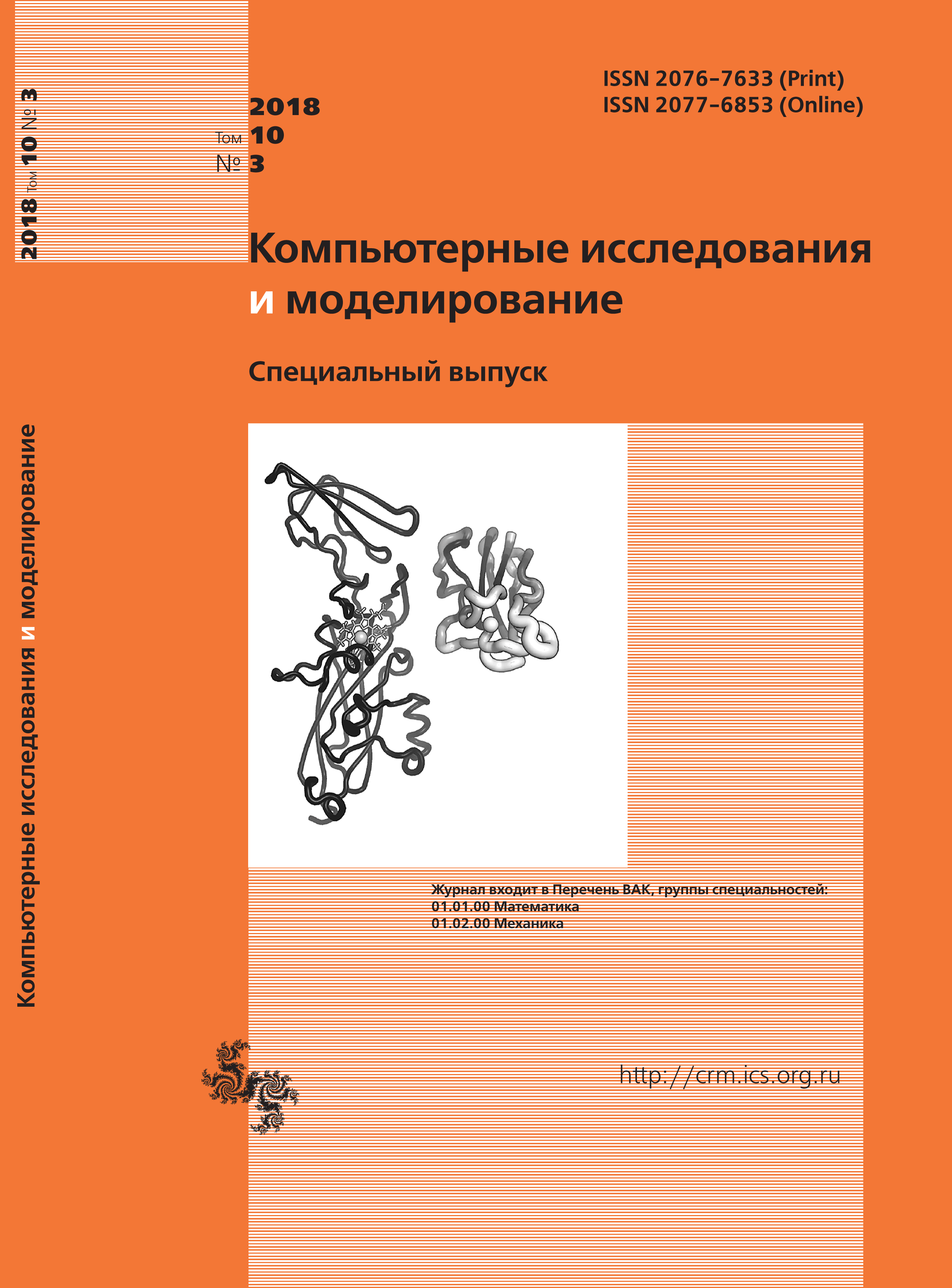All issues
- 2024 Vol. 16
- Issue 1 (special issue)
- 2023 Vol. 15
- 2022 Vol. 14
- 2021 Vol. 13
- 2020 Vol. 12
- 2019 Vol. 11
- 2018 Vol. 10
- 2017 Vol. 9
- 2016 Vol. 8
- 2015 Vol. 7
- 2014 Vol. 6
- 2013 Vol. 5
- 2012 Vol. 4
- 2011 Vol. 3
- 2010 Vol. 2
- 2009 Vol. 1
Development of the remotely piloted agricultural aircraft (RPAA) control system on the basis of the airplane MV-500
The article presents the intermediate results of the development of a control system for a remotely piloted agricultural aircraft (RPAA). The concept of using an automated complex for performing aerochemical work (ACW) designed for processing fields, water areas, forests with the purpose of protection from pests of plants, fertilization is developed. The basic component of the complex is a manned agricultural aircraft MV-500 developed by LLC “Firm “MVEN” (Kazan). The use of the aircraft in unmanned mode will provide an increase in the productivity of the aircraft, will increase the payload.
The article defines the composition of the complex for automation of ACW: aircraft, ground control center, onboard equipment for automated control of the aircraft and the formation of a map of the heights of the section being processed, and the satellite precise positioning system necessary to automate the control of the aircraft. The aircraft is equipped with an automated control system that provides remote control of take-off and landing and automatic control of the flight trajectory at extremely low altitude when performing ACW and performing spatial turns at the boundaries of the treated areas. It is proposed to take off, landing, dropping an aircraft into the ACW exercise area by means of a pilot operator from a ground control station. The ground control point should provide reception and display on the operator's screen of flight information and several types from the aircraft. The operator can control alternately several aircraft during these phases of flight with the help of ground control authorities. In the future, it is planned to automate these stages of flight, leaving behind the pilot-operator control functions and remote control capabilities in special cases. For the navigation of the aircraft, when performing ACW on board, RTK (Real Time Kinematic) equipment is installed, providing a measurement with centimeter accuracy of coordinates and aircraft heights relative to the base station installed in the ground control station. Before the implementation of ACW, a three-dimensional digital map of the processed area is built by adding existing cadastral maps with measurements of the elevations of the section carried out with the help of on-board radio and optical altimeters of the same aircraft.
To date, the following system components have been manufactured and tested: a remotely controlled model of the MV-500 aircraft at a scale of 1:5, a satellite positioning system; system for obtaining images and telemetry information from the board model; autopilot; methods of obtaining three-dimensional digital maps of sections and planning flight trajectories for ACW.
Indexed in Scopus
Full-text version of the journal is also available on the web site of the scientific electronic library eLIBRARY.RU
The journal is included in the Russian Science Citation Index
The journal is included in the RSCI
International Interdisciplinary Conference "Mathematics. Computing. Education"







